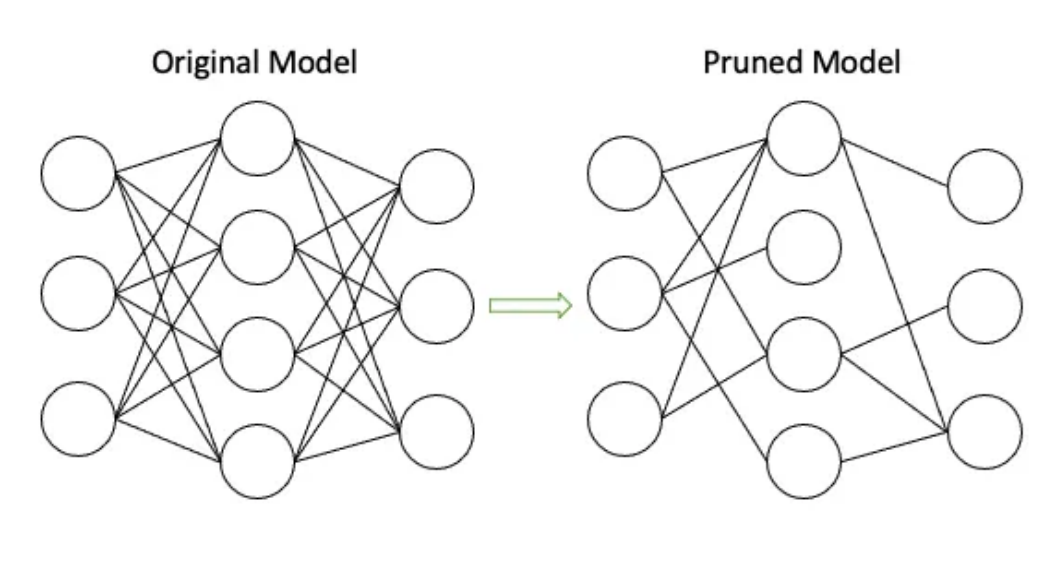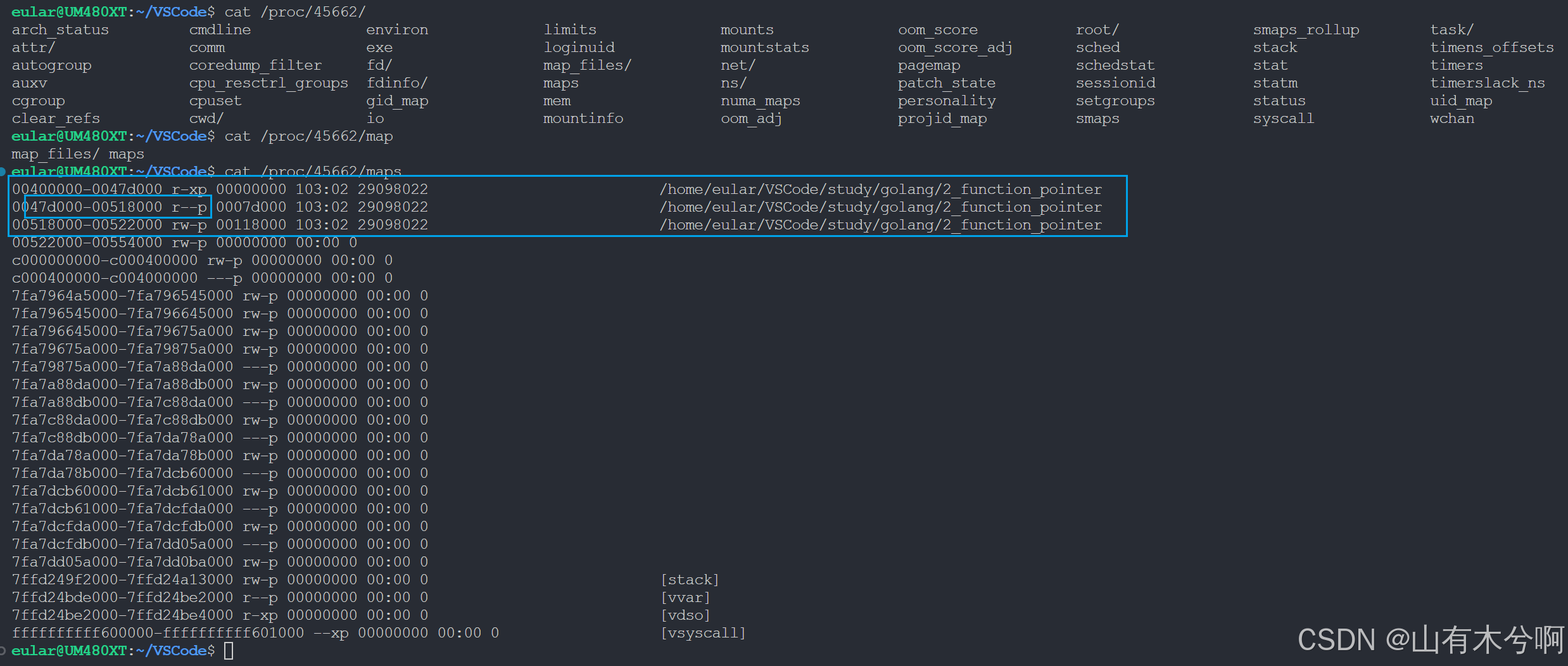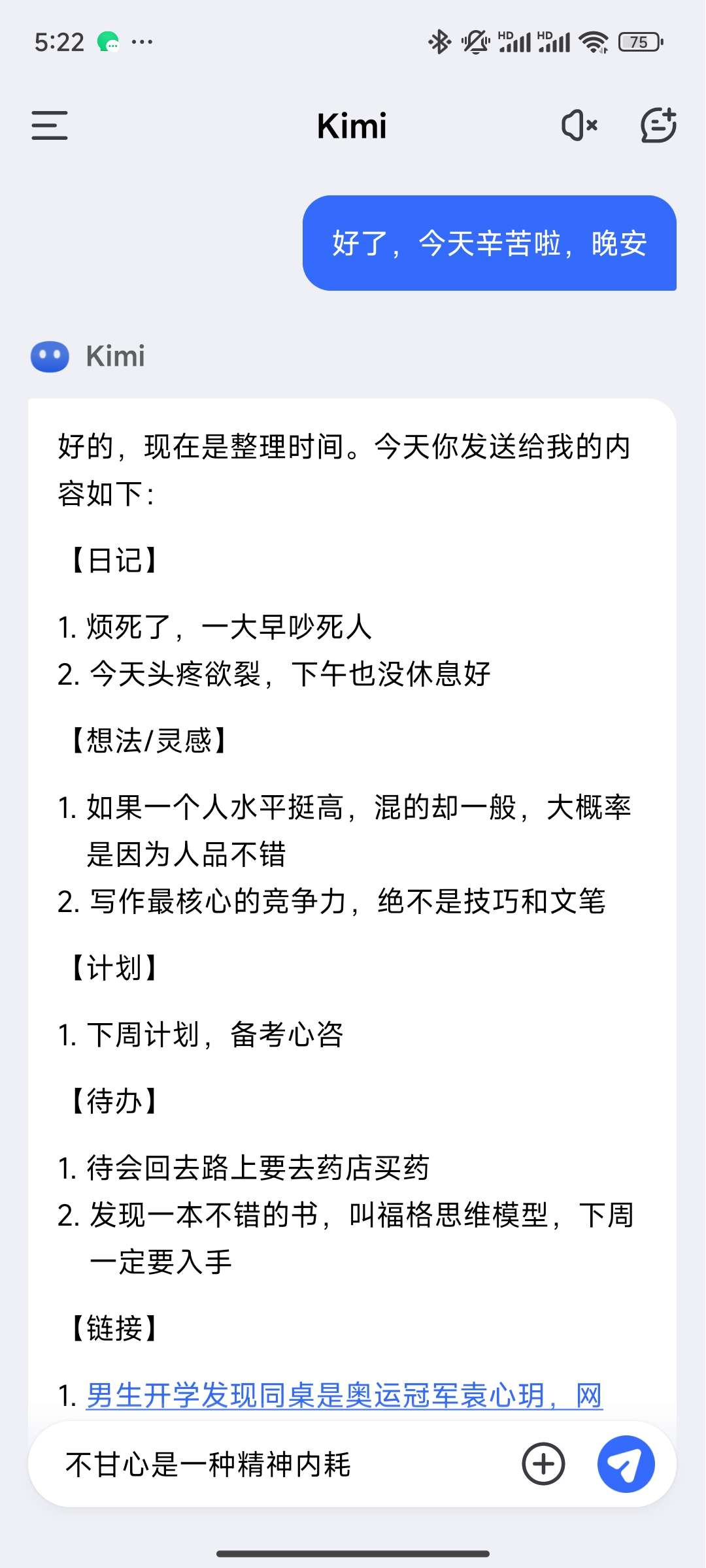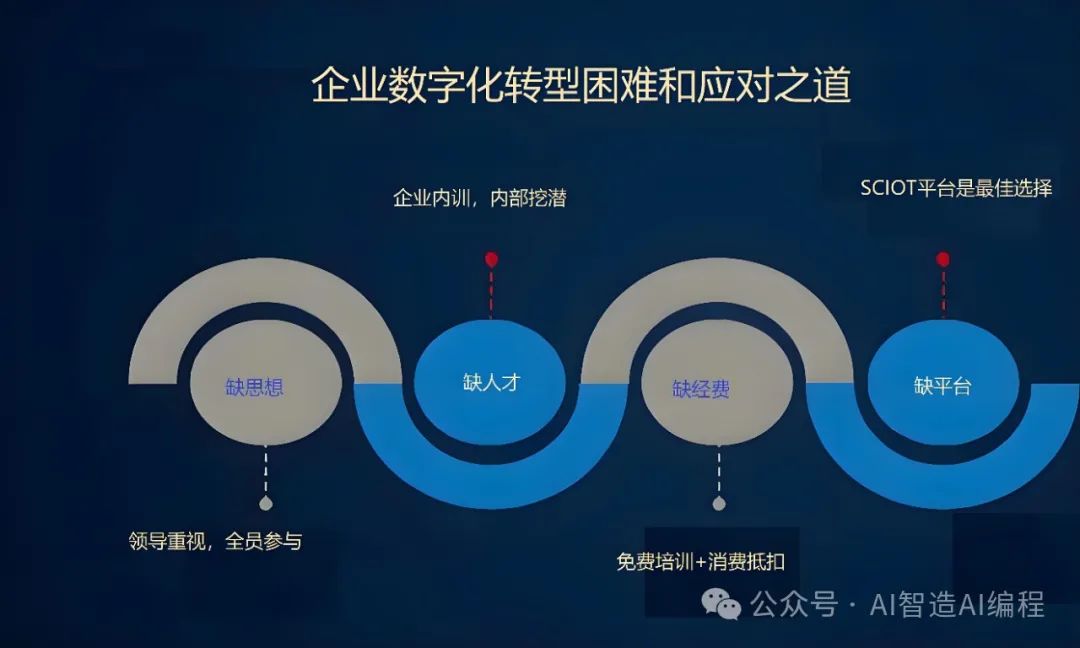一、题目
示例 1:
输入:
s = "leetcode ",
wordDict = ["leet", "code"]
输出: true
解释: 返回 true 因为 "leetcode" 可以被拆分成 "leet code"。
示例 2:
输入:
s = " applepenapple ",
wordDict = [" apple ", "pen"]
输出: true
解释: 返回 true 因为 " applepenapple " 可以被拆分成 " apple pen apple"。
注意你可以重复使用字典中的单词。
示例 3:输入:
s = " catsandog",
wo rdDi c t = [" cats ", "dog", " sand", "and", "cat"]
输出: false
二、求解思路
前面我们已经讲解过这道题,使用的是动态规划方法,具体可以参考动态规划解单词拆分。今天我们将分别使用DFS(深度优先搜索)和BFS(广度优先搜索)来解决这个问题。
题目要求将字符串拆分,并判断拆分后的子串是否都存在于给定的字典中。那么,字符串应该如何拆分呢?我们通过一个例子来详细说明,比如字符串 `"abcd"`,我们可以进行如下拆分:
- `["a", "b", "c", "d"]`
- `["a", "b", "cd"]`
- `["a", "bc", "d"]`
- `["a", "bcd"]`
- `["ab", "c", "d"]`
- `["ab", "cd"]`
- `["abc", "d"]`
- `["abcd"]`
具体拆分方式可以参考下图:

每次截取一个子串,判断它是否存在于字典中。如果该子串不存在于字典中,则继续截取更长的子串进行判断;如果存在于字典中,则递归拆分剩下的子串。这是一个递归的过程。
上述执行过程可以看作是对一棵n叉树的深度优先搜索(DFS)遍历。具体来说,每个节点代表一个子串,节点的子节点代表从该子串开始截取的更长子串。通过递归遍历这棵树,我们可以找到所有符合条件的拆分方式。所以大致代码如下:
#include <string>
#include <vector>
#include <unordered_set>
bool wordBreak(const std::string& s, const std::vector<std::string>& wordDict) {
return dfs(s, wordDict);
}
bool dfs(const std::string& s, const std::vector<std::string>& wordDict) {
// 最终条件,都截取完了,直接返回true
if (s.empty()) {
return true;
}
// 开始拆分字符串s
for (size_t i = 1; i <= s.length(); i++) {
// 截取子串
std::string sub = s.substr(0, i);
// 如果截取的子串不在字典中,继续截取更大的子串
if (std::find(wordDict.begin(), wordDict.end(), sub) == wordDict.end()) {
continue;
}
// 如果截取的子串在字典中,继续剩下的拆分,如果剩下的可以拆分成
// 在字典中出现的单词,直接返回true,如果不能则继续
// 截取更大的子串判断
if (dfs(s.substr(i), wordDict)) {
return true;
}
}
// 如果都不能正确拆分,直接返回false
return false;
}在上述代码中,递归调用必须有一个终止条件,以避免无限递归。通过观察递归过程,我们可以发现,终止条件是当字符串 s 中的所有字符都被遍历完毕时。此时,说明字符串 s 可以被拆分成若干个子串,并且这些子串都存在于给定的字典中。
为了更清晰地理解这个过程,我们可以通过一个图示来说明:

#include <string>
#include <vector>
#include <unordered_set>
bool wordBreak(const std::string& s, const std::vector<std::string>& wordDict) {
return dfs(s, wordDict, 0);
}
// start表示的是从字符串s的哪个位置开始
bool dfs(const std::string& s, const std::vector<std::string>& wordDict, int start) {
// 字符串中的所有字符都遍历完了,也就是到叶子节点了,说明字符串s可以拆分成
// 在字典中出现的单词,直接返回true
if (start == s.length()) {
return true;
}
// 开始拆分字符串s
for (int i = start + 1; i <= s.length(); i++) {
// 截取子串
std::string sub = s.substr(start, i - start);
// 如果截取的子串不在字典中,继续截取更大的子串
if (std::find(wordDict.begin(), wordDict.end(), sub) == wordDict.end()) {
continue;
}
// 如果截取的子串在字典中,继续剩下的拆分,如果剩下的可以拆分成
// 在字典中出现的单词,直接返回true,如果不能则继续
// 截取更大的子串判断
if (dfs(s, wordDict, i)) {
return true;
}
}
// 如果都不能正确拆分,直接返回false
return false;
}
三、代码实现
#include <iostream>
#include <string>
#include <vector>
#include <unordered_set>
bool wordBreak(const std::string& s, const std::vector<std::string>& wordDict);
bool dfs(const std::string& s, const std::vector<std::string>& wordDict, std::unordered_set<int>& indexSet, int start);
int main() {
std::string s = "leetcode";
std::vector<std::string> wordDict = {"leet", "code"};
if (wordBreak(s, wordDict)) {
std::cout << "The string can be segmented into words from the dictionary." << std::endl;
} else {
std::cout << "The string cannot be segmented into words from the dictionary." << std::endl;
}
return 0;
}
bool wordBreak(const std::string& s, const std::vector<std::string>& wordDict) {
std::unordered_set<int> indexSet;
return dfs(s, wordDict, indexSet, 0);
}
// start表示的是从字符串s的哪个位置开始
bool dfs(const std::string& s, const std::vector<std::string>& wordDict, std::unordered_set<int>& indexSet, int start) {
// 字符串都拆分完了,返回true
if (start == s.length()) {
return true;
}
for (int i = start + 1; i <= s.length(); i++) {
// 如果已经判断过了,就直接跳过,防止重复判断
if (indexSet.find(i) != indexSet.end()) {
continue;
}
// 截取子串,判断是否是在字典中
std::string sub = s.substr(start, i - start);
if (std::find(wordDict.begin(), wordDict.end(), sub) != wordDict.end()) {
if (dfs(s, wordDict, indexSet, i)) {
return true;
}
// 标记为已判断过
indexSet.insert(i);
}
}
return false;
}BFS算法解决:

BFS(广度优先搜索)通常不需要递归,而是使用一个队列来记录每一层需要处理的值。在BFS中,当我们截取子串时,如果截取的子串存在于字典中,我们就记录截取的位置,并在下一层从这个位置的下一个位置继续截取。下面是相应的C++代码实现:
#include <iostream>
#include <string>
#include <vector>
#include <unordered_set>
#include <queue>
bool wordBreak(const std::string& s, const std::vector<std::string>& wordDict) {
// 这里为了提高效率,把list转化为set,因为set的查找效率要比list高
std::unordered_set<std::string> setDict(wordDict.begin(), wordDict.end());
// 记录当前层开始遍历字符串s的位置
std::queue<int> queue;
queue.push(0);
int length = s.length();
while (!queue.empty()) {
int index = queue.front();
queue.pop();
// 如果字符串到遍历完了,直接返回true
if (index == length) {
return true;
}
for (int i = index + 1; i <= length; i++) {
// 截取子串,判断是否是在字典中
std::string sub = s.substr(index, i - index);
if (setDict.find(sub) != setDict.end()) {
queue.push(i);
}
}
}
return false;
}
int main() {
std::string s = "leetcode";
std::vector<std::string> wordDict = {"leet", "code"};
if (wordBreak(s, wordDict)) {
std::cout << "The string can be segmented into words from the dictionary." << std::endl;
} else {
std::cout << "The string cannot be segmented into words from the dictionary." << std::endl;
}
return 0;
}#include <iostream>
#include <string>
#include <vector>
#include <unordered_set>
#include <queue>
bool wordBreak(const std::string& s, const std::vector<std::string>& wordDict) {
// 这里为了提高效率,把list转化为set,因为set的查找效率要比list高
std::unordered_set<std::string> setDict(wordDict.begin(), wordDict.end());
// 记录当前层开始遍历字符串s的位置
std::queue<int> queue;
queue.push(0);
int length = s.length();
// 记录访问过的位置,减少重复判断
std::vector<bool> visited(length, false);
while (!queue.empty()) {
int index = queue.front();
queue.pop();
// 如果字符串都遍历完了,直接返回true
if (index == length) {
return true;
}
// 如果被访问过,则跳过
if (visited[index]) {
continue;
}
// 标记为访问过
visited[index] = true;
for (int i = index + 1; i <= length; i++) {
// 截取子串,判断是否是在字典中
std::string sub = s.substr(index, i - index);
if (setDict.find(sub) != setDict.end()) {
queue.push(i);
}
}
}
return false;
}
int main() {
std::string s = "leetcode";
std::vector<std::string> wordDict = {"leet", "code"};
if (wordBreak(s, wordDict)) {
std::cout << "The string can be segmented into words from the dictionary." << std::endl;
} else {
std::cout << "The string cannot be segmented into words from the dictionary." << std::endl;
}
return 0;
}





![[机器学习]KNN算法](https://i-blog.csdnimg.cn/direct/d601fac9f35848f5af77196cb286cdc4.png)













